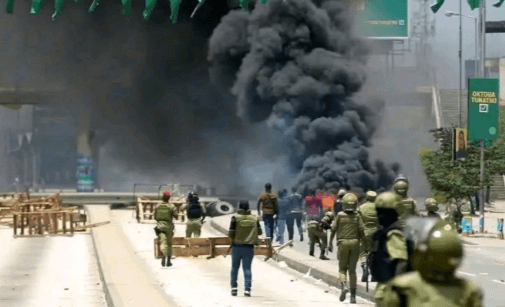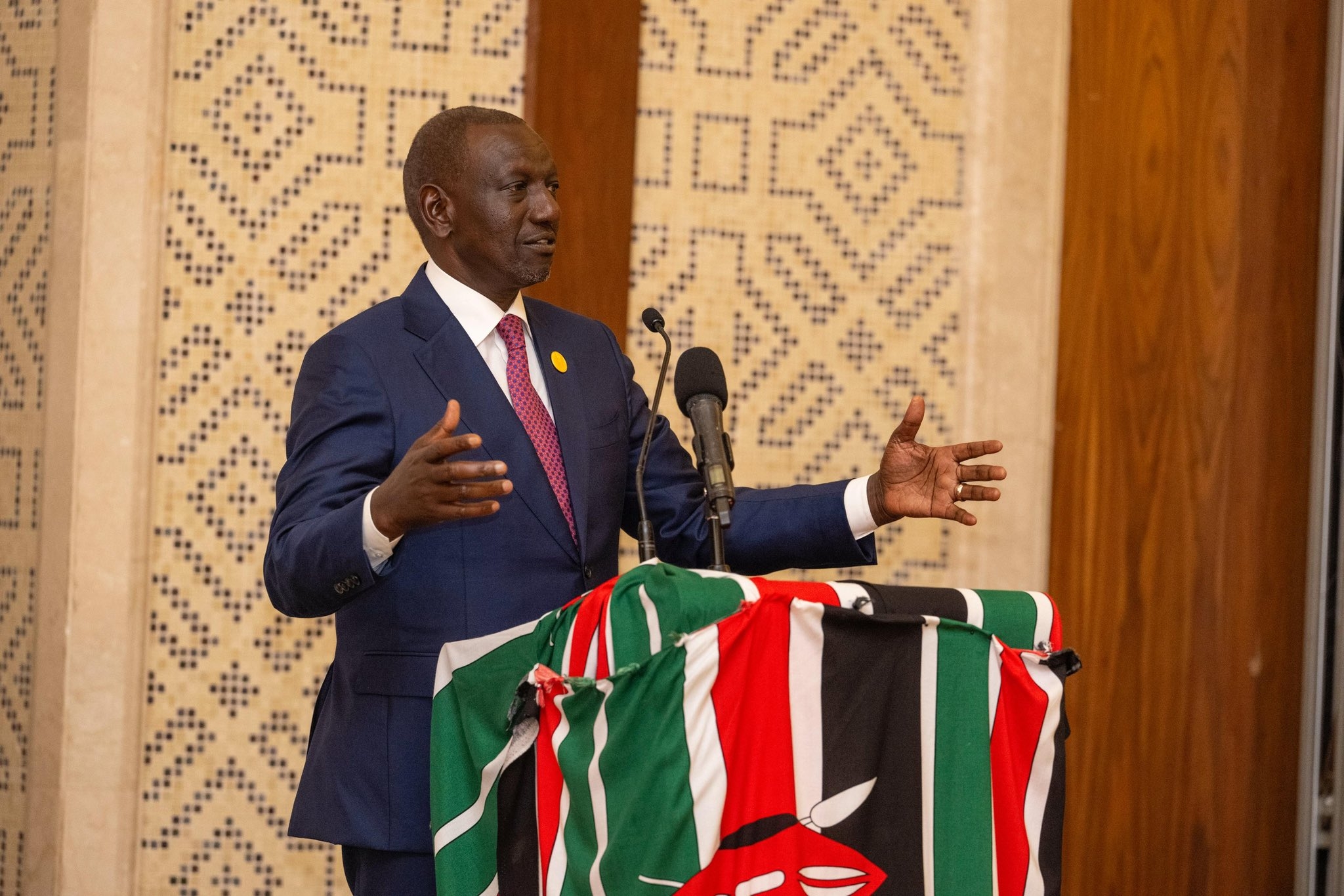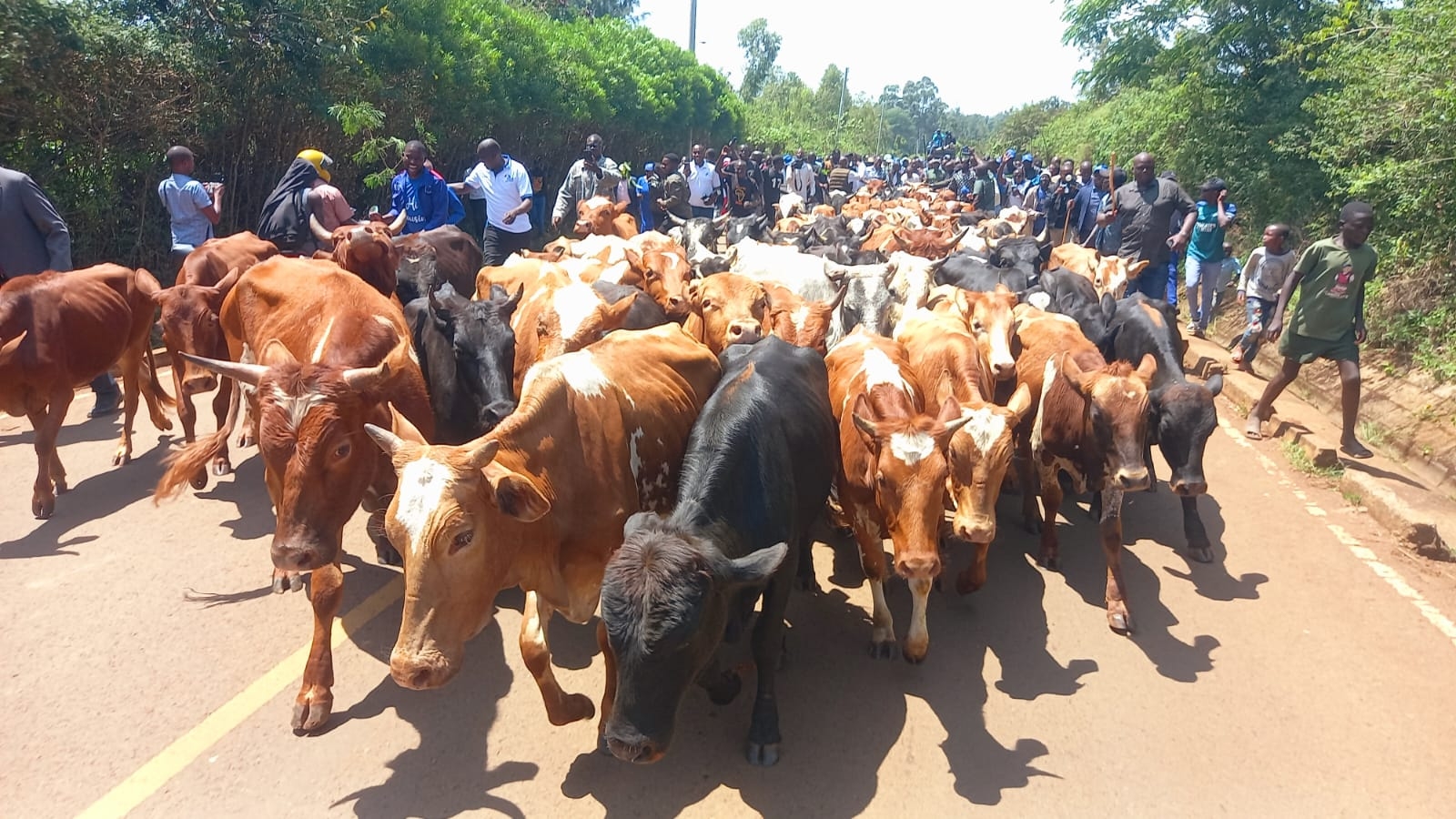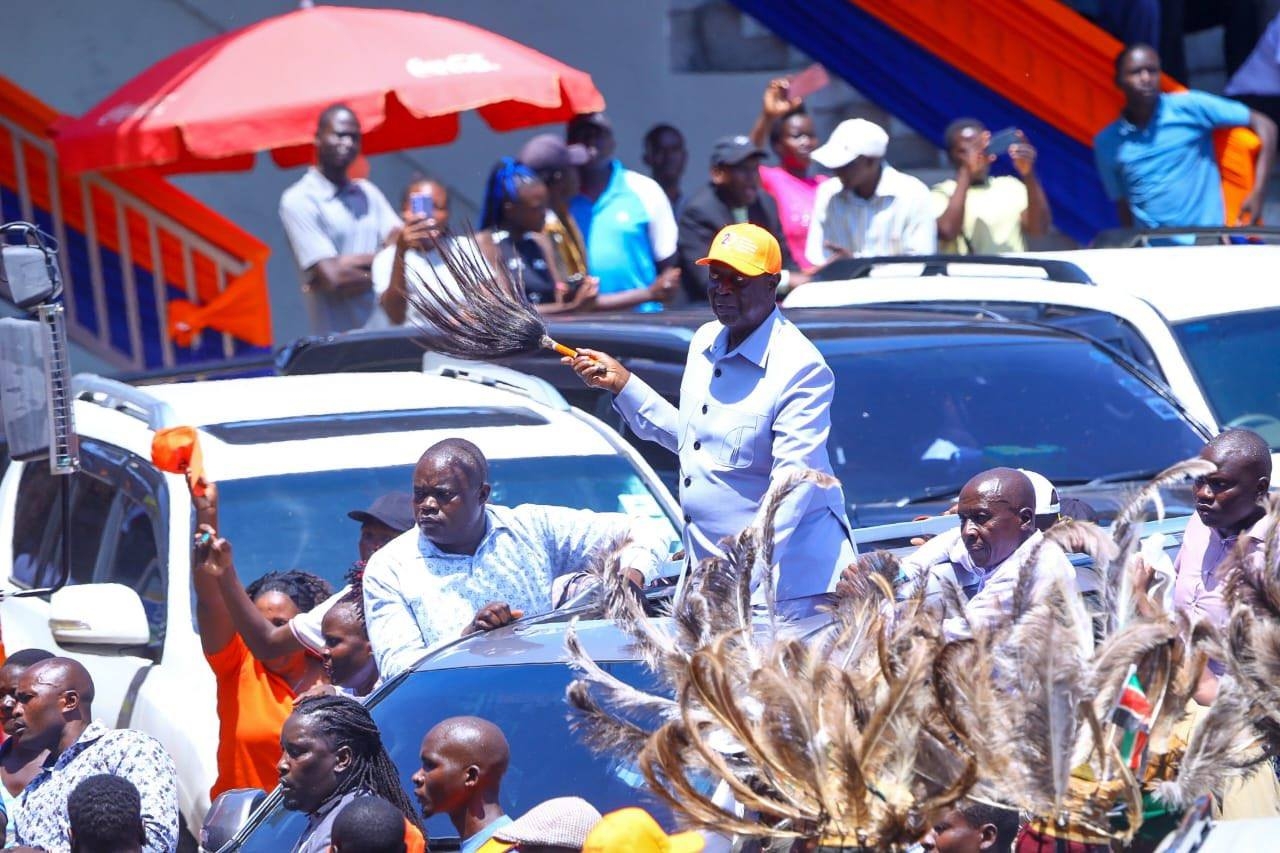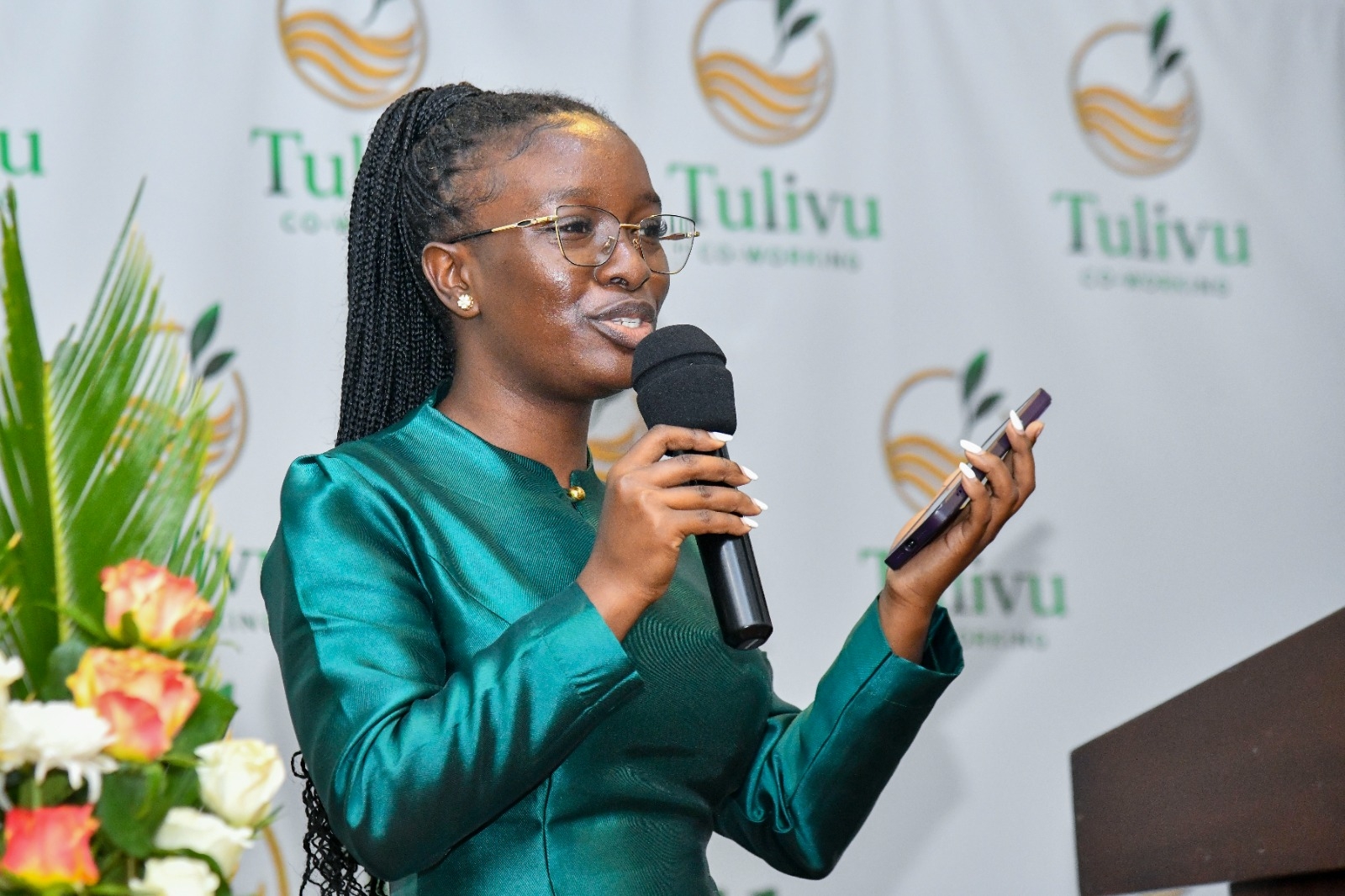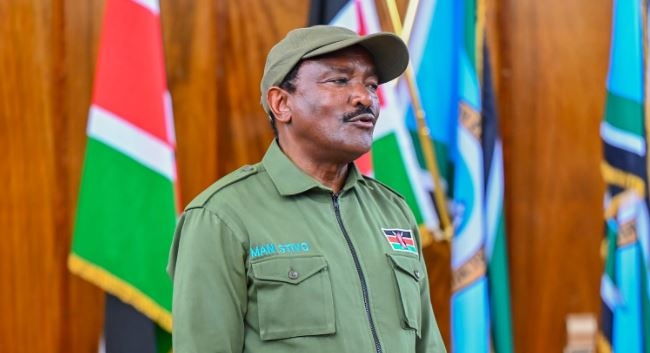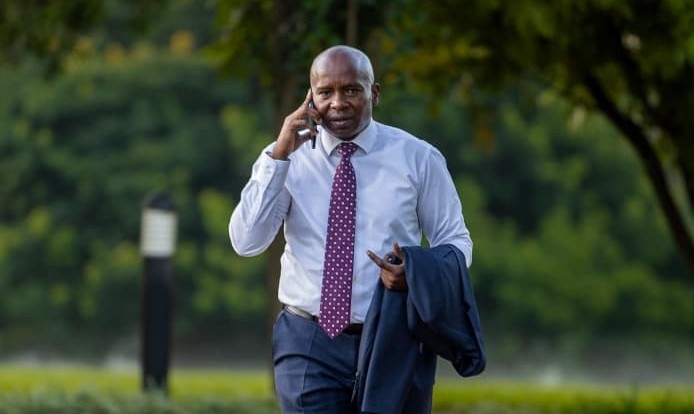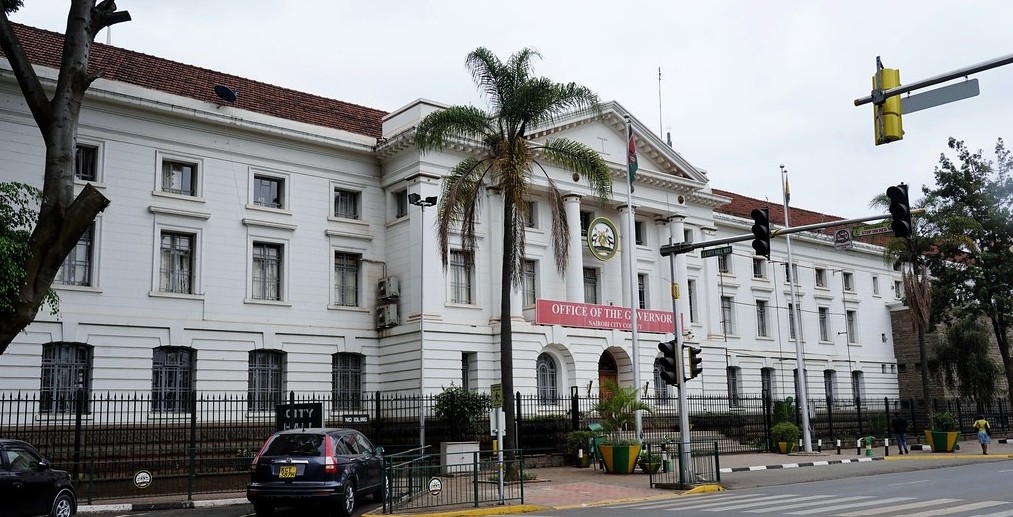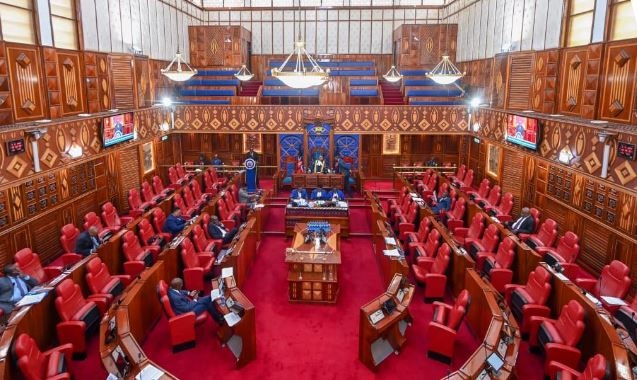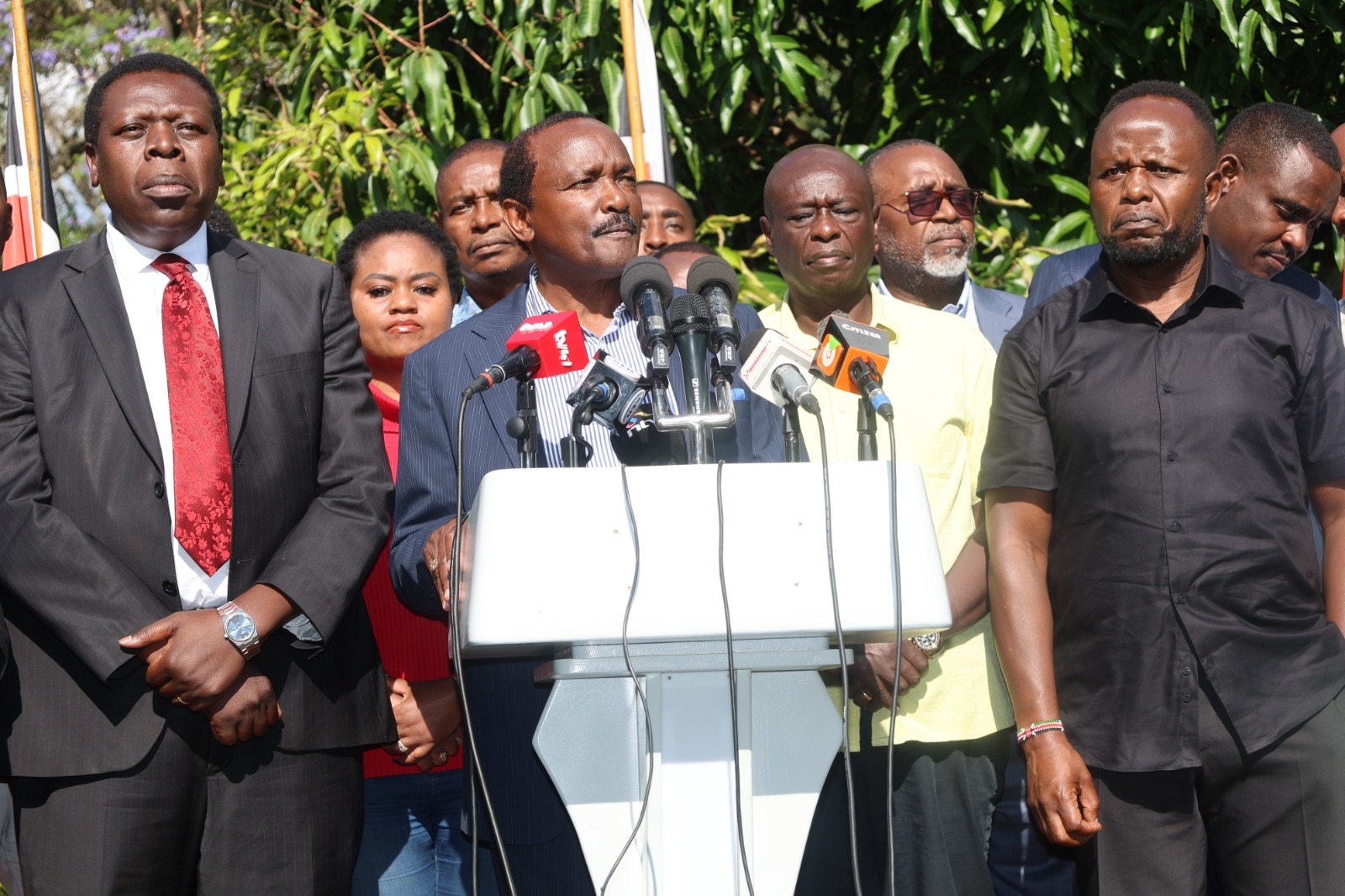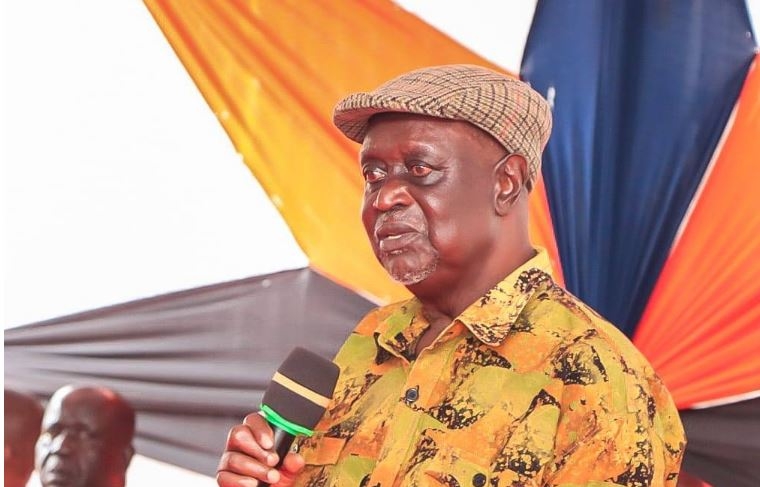A man I once knew who worked at the Austrian Embassy in Nairobi told me every time he was introduced to some new acquaintance, the invariable response would be: “Australia is really very far from Kenya, isn’t it?”, or something like that.
Apparently, almost all Kenyans know of a country called Australia, as befits a continent-sized nation, a huge landmass out in the Pacific Ocean, dominating the many smaller island nations in that part of the world.
But very few Kenyans know about Austria, which is a relatively small and predominantly mountainous country in Central Europe.
And yet, in all its history, Australia has never had any pretensions to being a global political or economic superpower. While just over 100 years ago, as the world descended into the horrors of World War I, Austria, then known as the Austro-Hungarian Empire, was one of the most powerful nations in Europe.
In terms of sheer land mass, it was second only to the Russian Empire of that time. And as one online source explains about this former superpower: “The Austro-Hungarian Empire was, indeed, one of the most powerful nations in Europe during the early 1900s. It held significant influence and played a crucial role in European politics and diplomacy. The empire encompassed a diverse range of ethnic and linguistic groups, including Austrians, Hungarians, Czechs, Slovaks, Poles, Croats, and others."
World War I proved disastrous for the Austro-Hungarian Empire. As the same online source explains:
“The Austro-Hungarian Empire…remained a major player in European affairs until its dissolution after World War I. The empire’s collapse marked the end of an era and the redrawing of national boundaries in the region.”
The present-day Austria is about one-eighth the size of the empire over which its capital city, Vienna, once presided.
So, what relevance does this brief excursion into history have for us, on the eve of the peace conference, which is expected to try and bring an end to the biggest large-scale land war in Europe in more than 70 years? This being the brutal and unprovoked Russian invasion of Ukraine, which began in February 2022.
A LITTLE BACKGROUND
A historical event such as this peace conference must be viewed within a context of both historical precedent and recent events.
So first a little background about this peace conference, and here I quote from a report by The Associated Press in mid-April 2024:
“Switzerland’s government... will host a high-level international conference in June to help chart a path toward peace in Ukraine after more than two years of war, and expressed hope that Russia might join in the peace process someday. The lakeside Bürgenstock resort near Lucerne is expected to host the June 15-16 gathering that will draw top government officials from dozens of countries, following up on a plan laid out in recent months by Ukrainian President Volodymyr Zelenskyy and Swiss Foreign Minister Ignazio Cassis.”
The report further explained:
“Russian Foreign Minister Sergey Lavrov warned... that prospective negotiations to end the fighting in Ukraine could be successful only if they take Moscow’s interests into account... Russian President Vladimir Putin has said there will be no peace in Ukraine until Russia’s goals are met.
And what was the essence of the Ukrainian President’s peace plan (and the response to it from the Russians)?
“Zelensky has presented a 10-point peace formula that, among other things, seeks the expulsion of all Russian forces from Ukraine and accountability for war crimes as the two sides continue to fight along the roughly 1,500-kilometre (930-mile) front line. Moscow has promptly rejected such ideas. Much of the diplomatic uncertainty has centred on whether Russia’s key ally China might attend — and Cassis pressed for Beijing’s support during a trip to China...”
That is where things stand as we approach the dates set for the Ukraine/Russia peace conference.
But all events, whether historical or trivial, can only be properly understood within a frame of reference that brings out the essential character of what is at stake. So, what is the historical framework within which the war between Ukraine and Russia, can be best understood?
HISTORICAL LESSONS
One of the lessons provided by history, which is of relevance in this situation, is that there is something inescapably transient and delusionary about empires. That is why I mentioned the Austro-Hungarian Empire at the beginning of this essay.
Just as the Austro-Hungarian Empire disintegrated into its constituent nationalities at the end of World War I, so too was the USSR (the successor of the Russian Empire of the First World War) to fall apart in 1990. This ended the Cold War and led to the many nations which had previously been under the yoke of the Russian Empire/USSR escaping from Russian imperialism.
Russia’s unprovoked invasion of Ukraine in 2022, was thus as irrational and irredentist – every bit as cruel and as absurd – as would be the case if present-day Austria attempted to ‘reclaim’ either all or part of sovereign states such as the Czech Republic, Poland, Romania, Croatia, or Slovakia.
But there is also the fact that, historically, countries have fought very hard to rebuff any attempt to annex their sovereign territory, whenever this has been threatened. And the annexing of such sovereign territory has never been acceptable to the world at large.
In Africa, we only need to consider that Puntland and Somaliland have been agitating for decades to be considered autonomous states separate from the Republic of Somalia, which many scholars judge to be a “fragile state” (that is, not quite a “failed state” as other scholars insist).
But despite running their internal affairs independently for years, and also despite the ongoing instability in Somalia, neither has had any success in their efforts to gain recognition as truly independent states.
Indeed, at the founding of the African Union in 1963 (back then known as the Organisation of African Unity), one of its cardinal established principles established was that no African nation would seek to adjust the national borders, which had been drawn up by the European colonial powers, no matter how irrational and inconvenient those borders might be.
Events were to prove that the African founding fathers were correct in their foresight. Attempts to adjust national borders (with or without a stated intention of creating a new country) have proved to be the cause of much bloodshed all over the continent.
Consider the 1960s Biafra secessionist movement in Nigeria (which failed). Also, the 20-year civil war between South Sudan and the “Muslim North” as the South Sudanese referred to the Republic of Sudan (which was successful). Both resulted in the deaths of hundreds of thousands in South Sudan, and millions of dead as well as mass starvation in the case of Biafra.
Here we must note that our own country has not been spared. There was an ethnic Somali secessionist movement in northern Kenya in the early 1960s, generally known as the Shifta insurrection. It not only caused loss of lives, but also created a deep cleavage between the northern region and ‘the rest of Kenya’. This led to the political marginalisation of the region and denied northern Kenya any kind of meaningful economic development for decades.
RENDEZVOUS AT BÜRGENSTOCK
So, on the eve of the conference to be held in Switzerland, where does this leave us?
The whole point of any peace conference is to compel the opposing sides to make painful compromises that may lead to a final cessation of hostilities. But with the Russia-Ukraine war, the portents are not very encouraging that this outcome can be achieved anytime soon.
With the huge losses that the people of Ukraine have heroically incurred, not even President Zelensky, with all his national as well as global prestige, can be expected to successfully persuade the Ukrainian people to accept a loss of their sovereign territory.
But on the other side, we have Russian President Vladimir Putin, who has vowed that they will not retreat until the country has achieved its war aims, which, no doubt, include a substantial annexation of Ukrainian sovereign territory.
What we have here is a war between the past and the future: the 19th Century at war with the 21st Century.
Russia seeks to bring back an era in which superior military power in any nation needed no justification for destroying other nations and communities, if that was what the superior military power believed was in its interests.
However, much as a successful outcome of the peace conference may now seem unlikely, if not impossible, history is littered with events that once appeared impossible but, in the end, did actually come to pass. And that includes the history of the early months of this war.
Before the Russian invasion of Ukraine was launched on February 22, 2022, many of the most astute and experienced commentators on global affairs had declared that such an invasion was simply impossible.
Russian President Putin, they said, was far too clever to make such a blunder. He had nothing to gain from invading Ukraine, and much to lose if he turned Western Europe and the US against him. But the Russian tanks nonetheless rolled across the border and set off for the Ukrainian capital city, Kyiv.
Thereafter, there was a consensus among various national military intelligence services that Kyiv would be overrun in a matter of weeks. That it was impossible for the Ukrainian army to stop the very much larger and far better equipped Russian military; and that the only rational option for Ukrainian President Zelensky, was to accept the offer from the US to fly him out of his doomed capital city.
The elite airborne troops and the massed battalions of that very large and powerful Russian army were stopped before they ever got to Kyiv, through the heroic resistance of the Ukrainians. Compounding the Russians’ humiliation was the act that the invasion had been based on the imperial delusion that not only would victory be easily secured, but (strange to say) that ordinary Ukrainians would welcome the Russians as liberators.
The Russians have long since then had to retreat after a series of humiliating setbacks, with no realistic prospect of ever capturing the Ukrainian capital city.
All this is a reminder of what the British historian AJP Taylor once wrote: “The impossible is what men get from events.”
So that peace treaty between the two countries may not be as “impossible” as it might now seems. And all world leaders who would like to see peace return to Europe, must lend their influence to compelling the leaders of the two warring nations to make the difficult decisions needed to bring about a peace agreement.
John Paschal Wanyama writes on global issues, notably on regions facing conflict.


